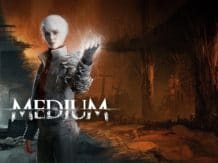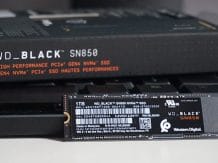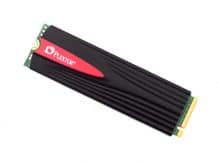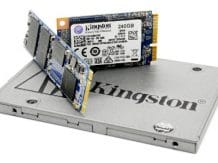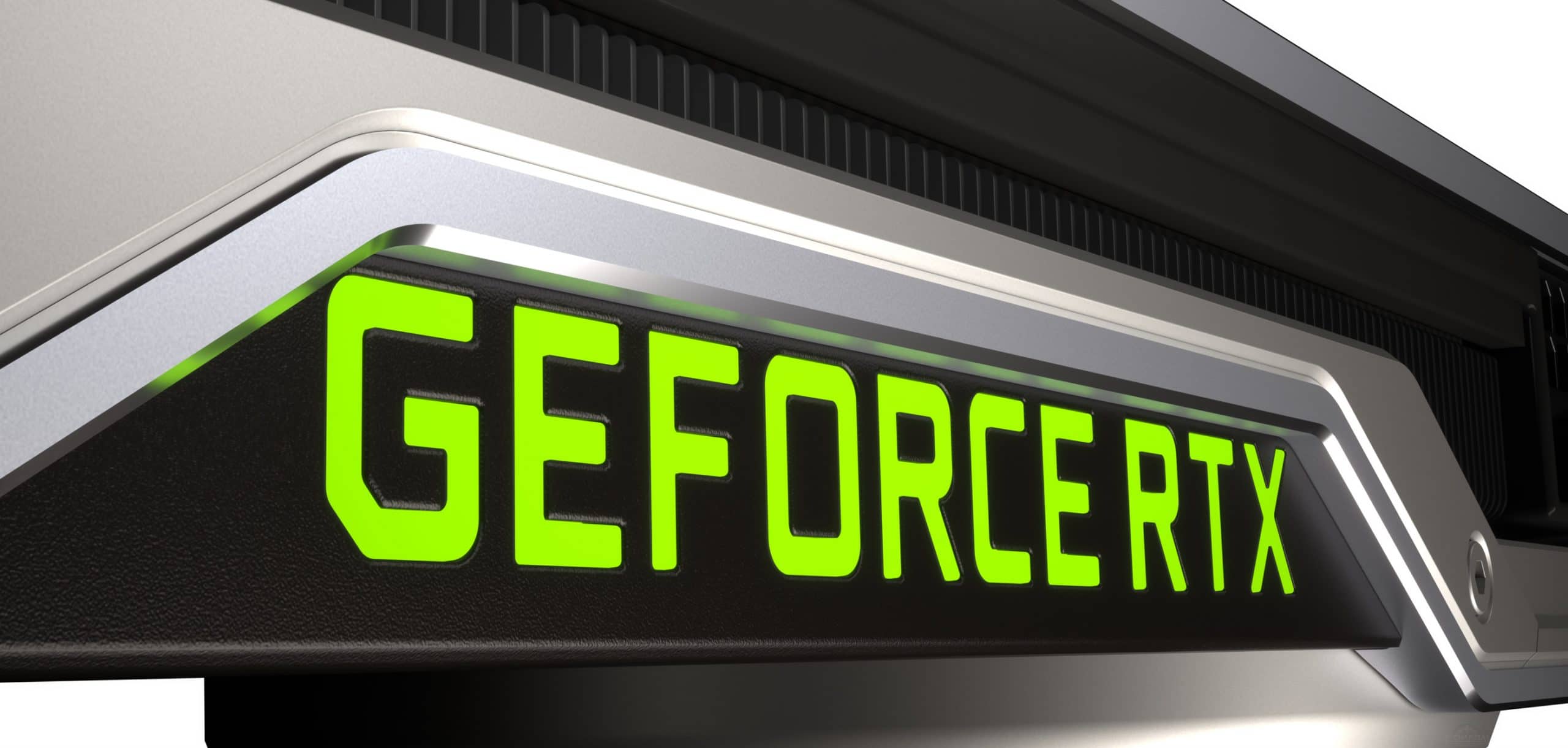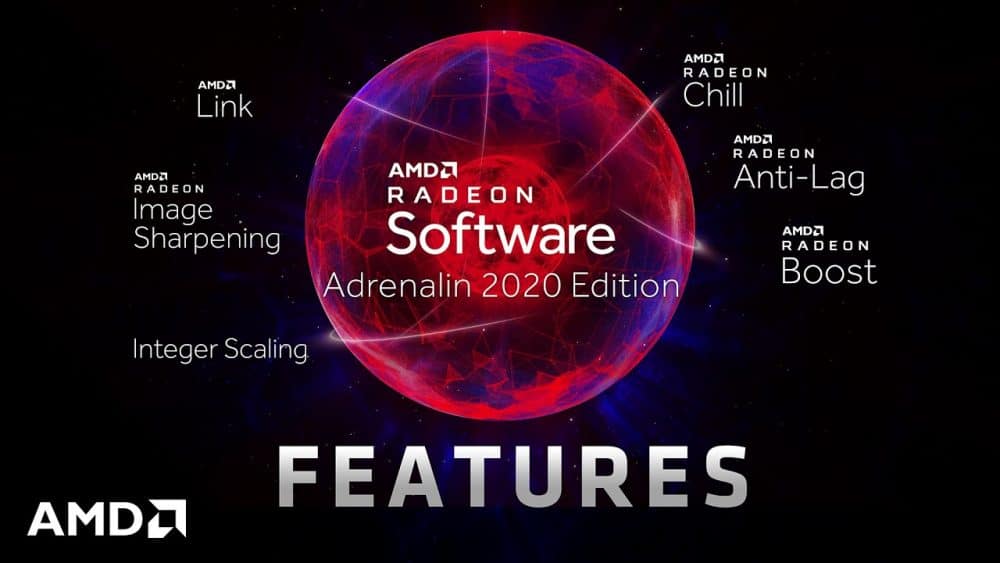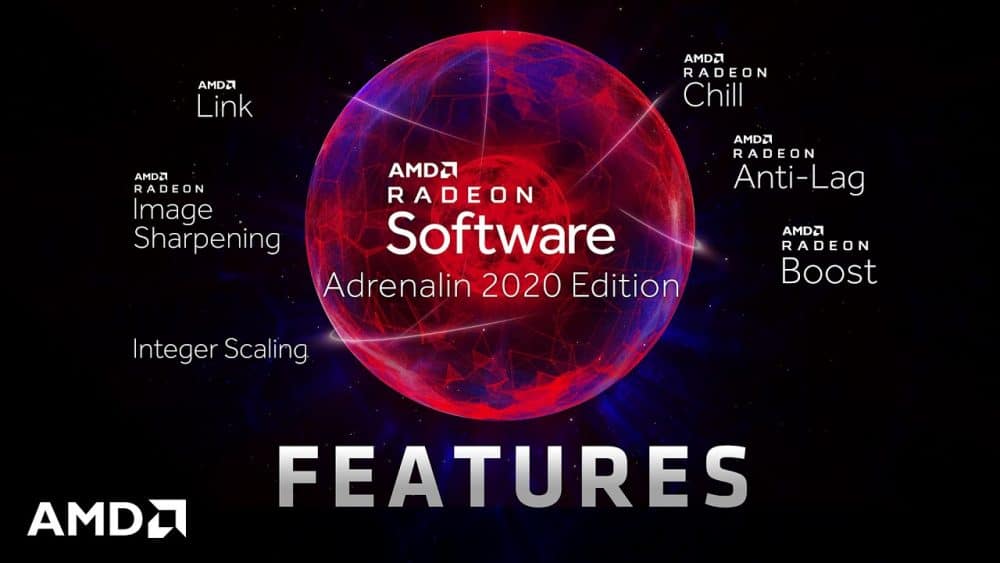test of four models OCZ, ADATA, Kingston and Silicon Power – Today will will take a look at the Specs, Hashrate, CPU performance and also a testing of this SSD Drive. We will go into more details as it regards to the testing in the article below.
Small Standard Foreword
The solid state flash storage (SSD) market is under pressure from price competition. As a result, companies are forced to constantly seek ways to reduce production costs.
Manufacturers of the first echelon and “close” ones with special contracts (Crucial-Micron, Intel, LiteON, Plextor, Samsung, SanDisk, Toshiba, Transcend, etc.), as a rule, more or less comply with the original specifications of the released model, maneuvering in pricing policy due to a higher margin, as well as the scale of production. Although they can also present surprises.
Companies that order finished products from ODM / OEM-manufacturers with their own brands (ADATA, PQI, PNY, Silicon Power, SmartBuy, etc.) are often deprived of this opportunity. Therefore, they apply a policy of making the price cheaper by choosing cheap hardware configurations (non-original flash memory, asynchronous flash memory instead of synchronous one, simplified controller, etc.). In this case, the formal name of the model of this or that drive during its hardware “modernization” most often remains the same.
Therefore, when reading the review, you should also check the availability of newer materials on this model (not necessarily of the same volume) in the corresponding section of articles – as far as possible, we try to track changes in hardware platforms. There is a separate section on drives on Phison controllers – there is a special conversation about this developer (for example, GoodRAM C100, SmartBuy Ignition 2 and Silicon Power V55 / S55 were at one time the same drive, just with different labels and packaging).
And an overview of a particular drive at a certain moment turns into a historical reference for advanced readers and those who, by the will of fate, became the owner of the old configuration, which is often no less valuable than a reflection of the current state of affairs in the solid-state drive market. This is normal in view of the rapid growth and development of the latter.
Gradually, solid-state drives (SSD) are gaining space on store shelves and in users’ computers, replacing traditional hard drives. And this process is quite understandable: on the side of modern SSDs there are excellent speed characteristics, noiselessness (because there are no mechanical moving parts), less heating, power consumption and compact dimensions.
announcements and advertisements
-14000р на RTX 3060 ASUS Dual
RTX 3060 MSI Gaming – a drain for a penny
RTX 3070 cheapest and all at Compeo.ru
-15000р на RTX 3060 MSI Ventus
Prices for video cards went down steeply
-14000р на RTX 3060 Gigabyte Eagle
Another top vidyaha with a mega discount
RTX 3060 – prices have gone down
First-hand Z590 motherboards at very good prices
RTX 3060 12Gb in XPERT.RU – be in time 🙂
Galaxy S20 family price crash 25% discount
RTX 3070 at XPERT.RU at the lowest prices
Lots of RTX 3090 in XPERT.RU
Today in retail you can find a large assortment of solid-state drives of various sizes and brands, of course, among this variety there are both excellent models and drives with average characteristics, and there are also frankly weak solutions. As a result, the choice of a disk turns out to be quite difficult even for a person experienced in computer technology.
Overclockers.ru laboratory and Regard company begin an experimental joint project on mass testing of SSD drives. The subject of this trial review will be models with a capacity of 120-128 GB in the price range of 3500-4500 rubles. This combination of price and volume is now the most popular on the market.
For the first material, the following were chosen:
The price for each drive is current at the time of publication of the review.
A bit of history
Despite all the diversity of the market offer, the hardware “filling” is not so diverse: in fact, the overwhelming majority of models are now based on flash memory controllers from only three manufacturers – OCZ, SandForce and Marvell. Let’s briefly describe them.
OCZ.
The company acted simply at one time: in 2011, it acquired a third-party developer Indilinx. The most widespread now is the Everest 2 controller, and recently Barefoot 3 began to “gain momentum”. OCZ uses all produced controllers only in its own products.
It is worth noting that (according to unofficial information) Everest 2 is nothing more than a redesigned Marvell controller, purchased under license, with original Indilinx software and operating at a slightly higher frequency than the “source” one. But Barefoot is considered the original development of OCZ (of course, taking into account the existence of Indilinx as an independent company and its release of the original Barefoot, with quite good performance at that time).
LSI SandForce.
This company is only engaged in development. Releasing SSDs as final products is not her profile. He sells his developments (in the form of finished products) to everyone. The most common controller at the moment is SandForce SF-2281. The main disadvantage is that it performs data compression, which is why its speed characteristics strongly depend on the data “compressibility”: text files and office documents, as a rule, lend themselves well to compression, but video / audio does not. This is worth considering.
Such solutions also have a very advantageous plus for end manufacturers of SSD: LSI provides customers not only with the controller itself, but also with the entire “body kit” for it: reference firmware, ready-made reference design of the drive board and software for working with this product. As a consequence, there is no particular need for an end-to-end SSD manufacturer to develop its own PCB design, nor does it need to have its own good programmer team. Nothing. Stupidly buy a SandForce controller, solder it to the board according to a ready-made design, place it in a case, pack it and sell it. With minimal effort, you are on the list of SSD manufacturers.
That is why there is such a large assortment of SSDs on this platform, produced under a variety of brands – in such conditions, they are riveted by all and sundry. But there is one global disadvantage of this, it is the dependence on quality, both hardware and software. And manufacturers (and then users) have learned this from their own experience to the fullest – firmware that destroy data on the disk when updated, BSODs and other little joys of life.
Now the SandForce platform has largely got rid of childhood illnesses, but as in that joke about spoons and sediment … And the peculiarity of work (compression) has not gone anywhere. But to this is added the excellent versatility of the controller used: it can work in different conditions – both the old Toggle DDR flash memory interface and the modern ONFi 2 interface are supported, the operating modes can be both synchronous and asynchronous.
As a result, the indication of this controller model in the specifications means little, and almost anything can be hidden under the cover of the disk case. Of course, with the appropriate performance, which may turn out to be an unpleasant surprise for an inexperienced user.
Marvell.
Like the previous manufacturer, it is mainly engaged in the development of controllers. The finished product, unlike SandForce, is not an integral platform – software development, disk board design, and everything else is handled by the final SSD manufacturer. Therefore, entering the market with Marvell controllers presupposes that the manufacturer has a decent technical base. In addition, the price per controller is slightly higher. Accordingly, the bottom line is noticeably less popularity and prevalence.
However, unlike the SandForce controller, Marvell controllers do not use compression algorithms in their work, as a result, their performance is less dependent on the processed data, and where the former noticeably “sag”, Marvell provide stable speed characteristics. As a result – its own stable market share.
Of course, there are other companies on the market, such as Intel (which has curtailed its developments for the desktop segment and uses the SandForce controller in it, although server drives still come with their own controllers, but the rest of the hardware and software “filling” from Intel remains its own, in addition, there are rumors that the company will still start releasing its controllers), Samsung (its products are not supplied to Russia at all, and they are not very widespread abroad either), Toshiba (also almost never found). But for a number of reasons, they did not receive much prevalence. And such a manufacturer as JMicron has long been ousted from the market and forgotten like a nightmare (poor adaptability to loads and a small memory buffer of only 16 KB ruined the whole idea of SSD speed in the bud).
As readers later pointed out (and the author sprinkles ashes on his head that he did not follow the prices for the last couple of months), Samsung drives began to be sold in Russia and their presence on the market is gradually expanding.
Test participants
OCZ Vertex 4 2.5 ” 128 GB (VTX4-25SAT3-128G)
This SSD model has already been covered in a separate material on our website. The disc itself is shipped in a small cardboard box sealed in film.


The given technical information about the disk is not complete: SATA 6 Gb / s interface, MLC memory is used, there is TRIM support, Indilinx controller. Well, the information in Russian on the back of the box is completely from the “water water” series.
Inside the package there is a form made of foam material, in the recesses of which an adapter from 2.5 ” to 3.5 ” is hidden on the back side, on the front side of the form in the recesses there is the SSD itself in an antistatic bag and a set of screws necessary for attaching to the adapter (also in a separate small bag):

In addition, the kit contains an instruction book and a sticker on the case.
The SSD is housed in a matte black metal case with a label with the general name of the series and a new mention of the controller used:

The bottom is made of relatively smooth (taking into account the traces of milling, which were clearly left on purpose) polished metal, there was also a sticker. Only now you can see the specific name of the disk model, its capacity and serial number:

This SSD received an Indilinx Everest 2 and eight memory channels, manufactured using the 25 nm process technology with an ONFi 2 interface. There is no software included with the disk, although you can download the OCZ Toolbox utility from the official OCZ website.





It can display the serial number of the disk and the version of the firmware, update it, allow you to perform a complete cleaning of the media, display identification data and SMART.
The diagnostic utility Crystal Disk Info pleases us with the absence of thermal monitoring:

Those readers who carefully examine the screenshots will pay attention to the statement of the self-diagnostic system of the disk that more than one terabyte of data has been written to it in total. After several hours of inactivity, the readings did not change. Quite a strange “glitch”. The disk is completely “zero” and has not been tested by anyone before.
After creating the file system, 119.24 GB becomes available to the user.






